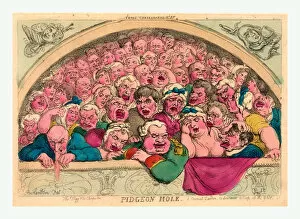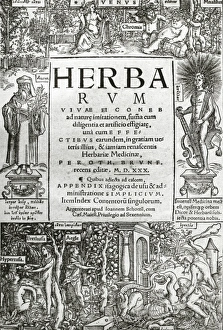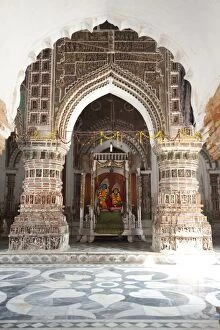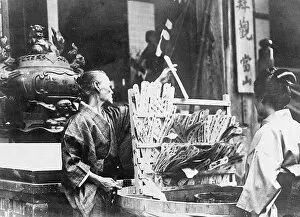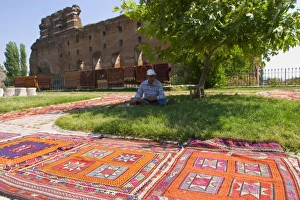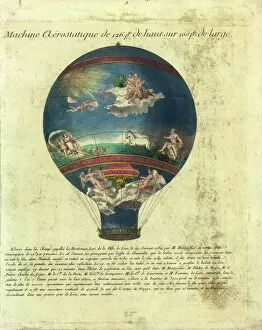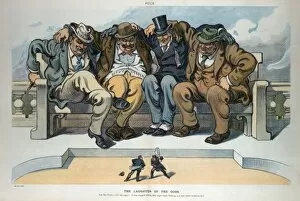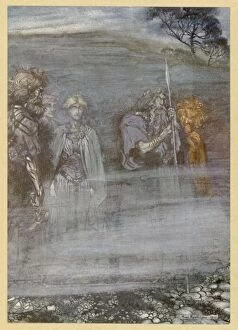Gods Collection (page 42)
Under the watchful gaze of gods, India stands adorned with divine grace
All Professionally Made to Order for Quick Shipping
Under the watchful gaze of gods, India stands adorned with divine grace. From the sacred land of Asia emerges a tapestry of deities, each holding their own significance and power. In this captivating picture, Hindu gods Laksman, Rama, Sita, and Hanuman stand united in their celestial glory. Their presence resonates with strength and devotion as they embody virtues that guide humanity towards righteousness. Adjacent to them are the enchanting goddesses Parvati, Lakshmi, and Saraswati. With elegance emanating from every pore, these divine beings personify beauty, wealth, knowledge - pillars upon which civilization thrives. A statue captures the benevolence of Annapurna (Parvati), who bestows food upon her devotees at Lakshman temple. Her nurturing embrace symbolizes sustenance for both body and soul. Lakshmi sits gracefully amidst lotus flowers; she is the goddess of wealth and prosperity. Her serene countenance reminds us that abundance flows when we cultivate gratitude and generosity in our lives. Krishna and Radha's image transports us to an ethereal realm where love reigns supreme. Their eternal bond serves as a reminder that true devotion transcends all boundaries. Protected by gods' unwavering guardianship lies Papyrus of Ani - The Judgement from the Book of Dead. It depicts souls being weighed against Ma'at's feather while Osiris presides over their fate – a testament to life's ultimate reckoning. Visnu and Lakshmi radiate divinity through their entwined existence. As cosmic patrons overseeing creation itself, they exemplify harmony within duality – male-female energies intertwined in perfect balance. Philemon & Baucis remind us how hospitality can invite blessings from above; even humble mortals can evoke divine favor through kindness extended towards strangers or wanderers passing by. Ganesh, Ayappa, and Subramania stand united in their divine might.






